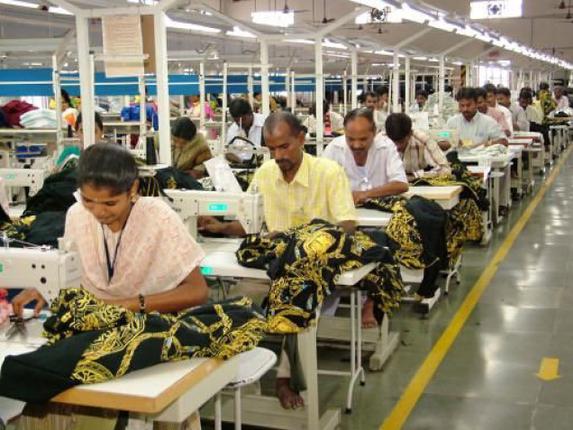 ECONOMY
ECONOMY
Although India is still considered primarily an agricultural country, Industry is also thriving here, thanks to which this country is listed next to the world's greatest tycoons. The economic reform carried out in recent years allowed Western producers to enter the market, interested in making investments on a very large scale.
Agriculture
Agriculture, which until recently was the backbone of the Indian economy, currently only states 20% national income value; however, it still employs almost half of the country's population. After India gained independence, in 1947 r. there was so much backwardness and poverty in this sector, that the country was forced to use the help of the West, to provide food for its citizens. Over the past 35 over the years, food production has increased significantly, This is due to the introduction of irrigation systems and the use of grains of better quality for sowing, and fertilizers and pesticides, so that the country will soon be among the largest exporters of grain and rice.
In India, rice is grown on a large scale (the annual harvest reaches 75 million tons) and wheat (55 min ton); the most profitable is the export of tea and coffee. From produced here annually 740 min kg of tea until 200 min kg are sold abroad, even though it is only grown in Assama, West Bengal, Kerala and Tamil Nadu. India caters well 30% global demand for spices, which are exported annually 120 000 your.
The cultivation of rubber plants is also of great importance (annual production of rubber is 400 000 your) and coconut palms.
Industry
For many years, the industrial sector was under the strict control of the federal government, however, state interventionism has declined significantly in recent times. Since halfway through 1991 r. Prime Minister Narasimha Rao began the implementation of economic reform, offers from foreign investors started pouring in to the country. A record amount of capital was invested in Indian plants in 1994 r.; also then, thanks to the introduction of the principles of a free market economy, Western producers started setting up factories in this country, businesses and shops .
Western entrepreneurs, lured by the prospect of huge profits, try to get to know and meet the needs 300 min Indians earning over 700 $ and 100 min citizens, whose income exceeds 1400 $, seeing their potential customers in both of these groups. Only earnings of this amount, after deduction of living expenses, they allow Hindus to purchase additional material goods.
Considered in economic terms, this reform has proved to be extremely successful, causing in 1994 iw 1995 r. five and a half percent increase in national income, with a record amount of export and foreign capital. However 40% nationals of the country, living on the brink of poverty, felt hardly any improvement, and inflation, currently amounting to 11%, will likely continue to increase. Although a fairly strong middle class has developed in the country, gross national income, per one citizen, is only annually 12 000 INR (35 INR per day).
Despite a noticeable improvement in the economic situation, some Indian factories still use outdated equipment and technologies, by producing goods, which are not suitable for export. Working conditions in many plants are outrageous; there is hardly any environmental legislation to be complied with. But the most important thing is this, that in the country, in which still 40 years ago, only a few industrial branches were active, almost all goods now, which are sold in stores, are made on site.
Almost 25% the exported goods are fabrics. The machinery industry plays an equally important role, fishing, chemical industry, and recently also electronic, thanks to which you send abroad, among others. computer software. Among the goods imported into the country are crude oil and fuel, constituting 1/4 import.